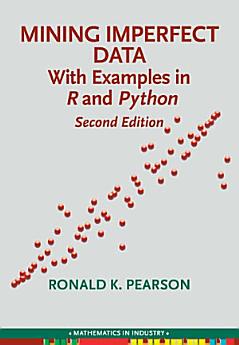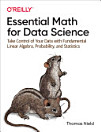Mining Imperfect Data: With Examples in R and Python, Second Edition
About this ebook
As both data sources and free, open-source data analysis software environments proliferate, more people and organizations are motivated to extract useful insights and information from data of many different kinds (e.g., numerical, categorical, and text). The book emphasizes the range of open-source tools available for identifying and treating data anomalies, mostly in R but also with several examples in Python.
Mining Imperfect Data: With Examples in R and Python, Second Edition presents a unified coverage of 10 different types of data anomalies (outliers, missing data, inliers, metadata errors, misalignment errors, thin levels in categorical variables, noninformative variables, duplicated records, coarsening of numerical data, and target leakage). It includes an in-depth treatment of time-series outliers and simple nonlinear digital filtering strategies for dealing with them, and it provides a detailed introduction to several useful mathematical characteristics of important data characterizations that do not appear to be widely known among practitioners, such as functional equations and key inequalities.
While this book is primarily for data scientists, researchers in a variety of fields—namely statistics, machine learning, physics, engineering, medicine, social sciences, economics, and business—will also find it useful.









